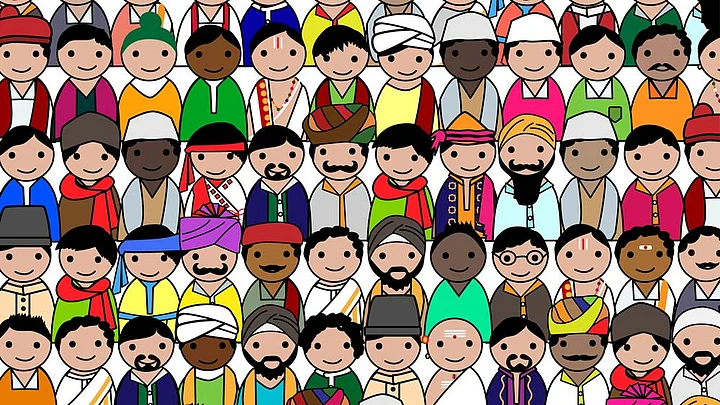India is all set to become the world’s most populous country – it is likely to overtake China in less than a decade. In the same period, another major development is going to take place – India will overtake China in terms of working-age population. A working-age population is defined differently in different countries. Some categorise it as people from 15 to 64 years of age, while some define it as people from 15 to 59 years of age.
Overtaking China in this respect is of immense significance from the point of view of India’s economy. According to a recent report by United Nations Population Fund, the period from 2021 to 2041 is absolutely crucial for India as far as this demographic dividend is concerned.
“The period 2021-41 could potentially be the period of high economic growth and social development. The window of opportunity in India is available for a longer period than most other countries, for example the east Asian countries,” the report says.
In 2036, people between 15 and 59 years will be at a high of 64.8 percent. The dependency ratio – that is, the proportion of people not in the working-age group, will be the lowest.
However by 2061, this demographic dividend will change and India will have a far older population then.
There are state-wise variations as well. The ‘window of demographic opportunity’ – that is the period during which the share of working-age population remains high – is longer in Hindi-speaking states, West Bengal and Odisha and lower in Southern states.
The UNFPA report understands the window of demographic opportunity through three phases.
- Phase 1: Window opening - Dependency ratio above two-thirds (66.7 percent) and declining
- Phase 2: Window fully open - Dependency ratio below two-thirds (66.7 percent) and declining
- Phase 3: Window closing - Dependency ratio below two-thirds (66.7 percent) but increasing.
In states like Kerala, Tamil Nadu, Andhra Pradesh, Telangana, Gujarat, Karnataka, Himachal Pradesh and Punjab, the window has either fully opened or has begun closing. This means that these states will soon be at the demographic disadvantage of having more people outside the working age.
According to the report, the way to address this and ensure equal growth across states is migration from states with a higher working population to those with a higher dependency ratio. This is already visible in states like Kerala, where many young migrants from Northern and Eastern states come to work.
The report says that to take advantage of the demographic dividend, context-specific strategies are required for each state. The other key aspect is to ensure a greater participation of women in the workforce.
However, if India fails to take advantage of these conditions, it could lead to a situation of massive unemployment, which in turn could lead to social and political unrest.
